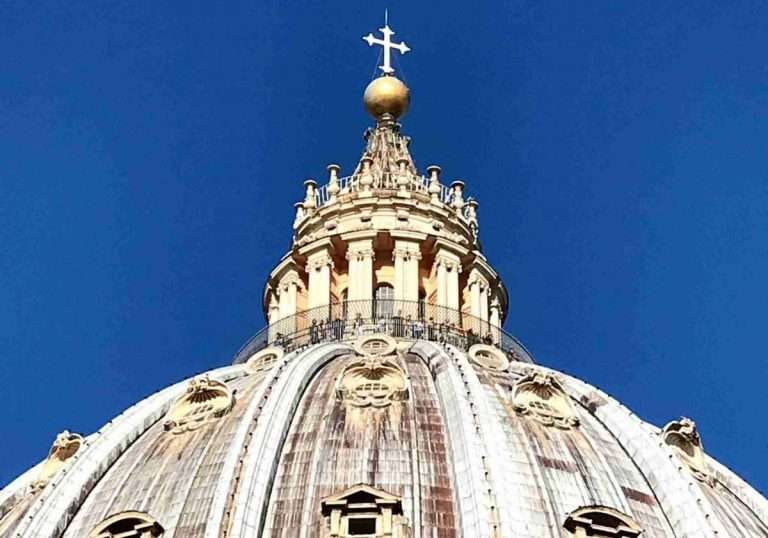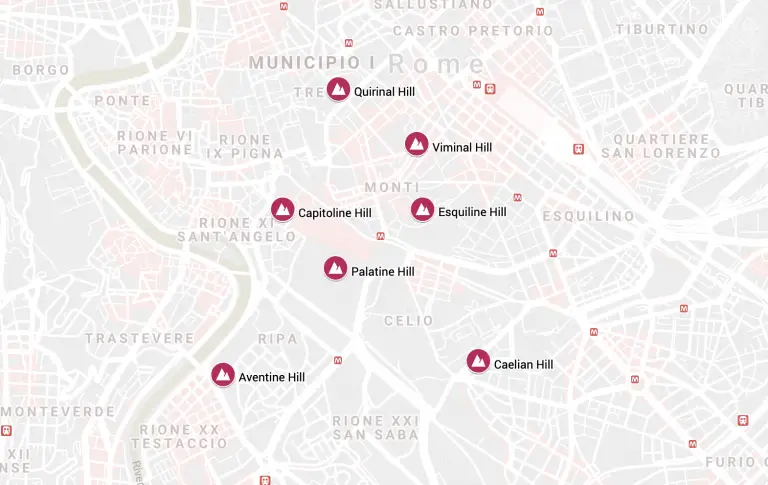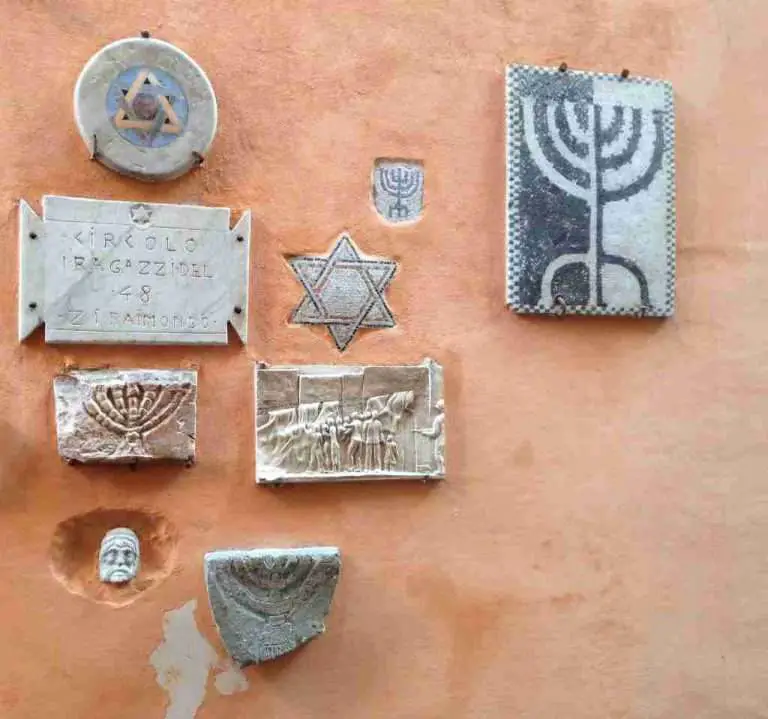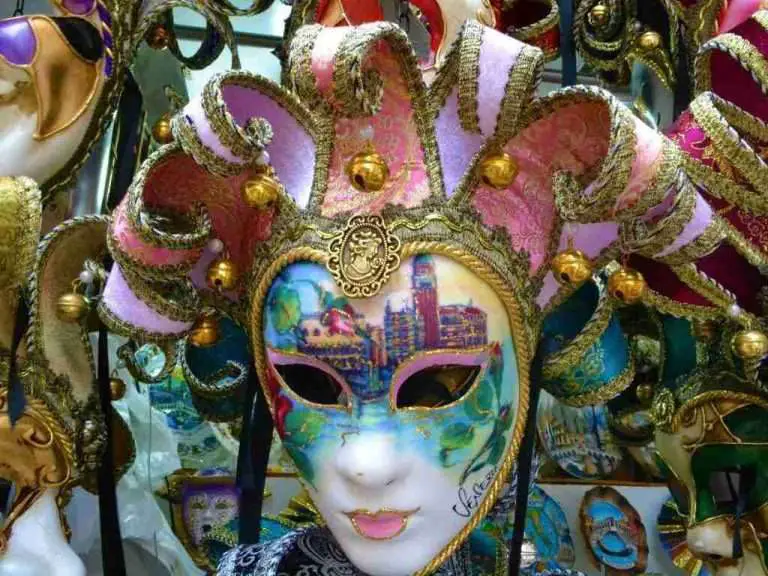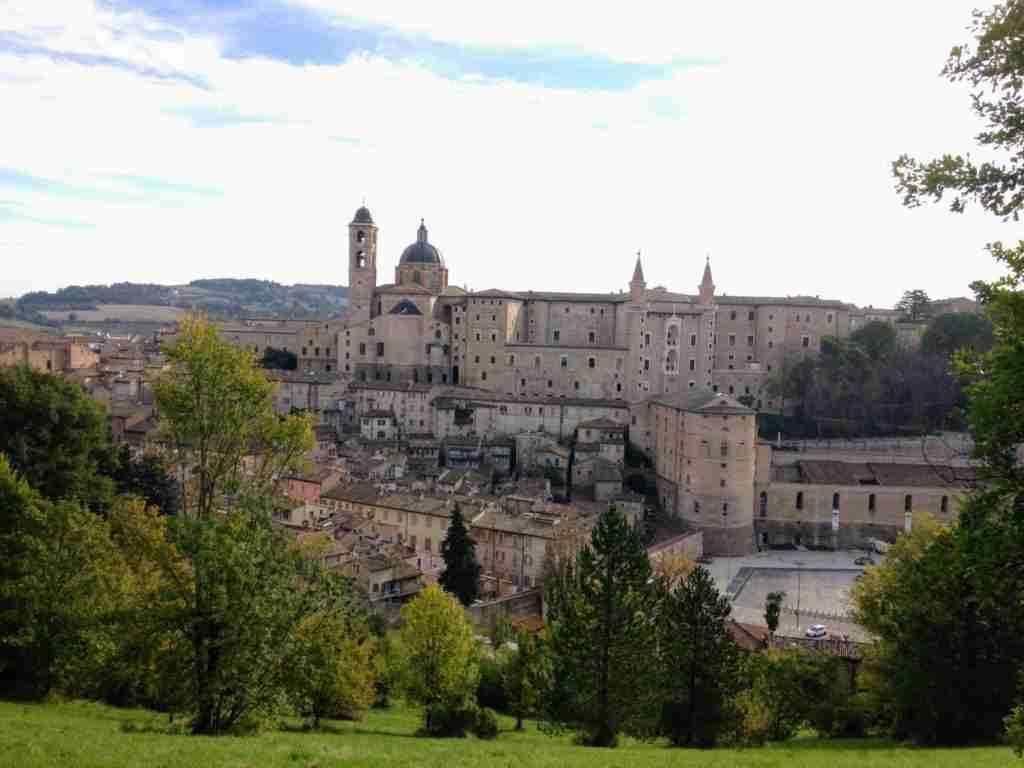
Le Marche (known as “The Marches” in English) is one of the least known regions in central Italy, but that fact is quickly changing. Bordering Umbria, Emilia-Romagna, a sliver of northeastern Tuscany, Lazio, and Abruzzo, Le Marche is gaining ground as a tourist favorite as more travelers venture out by road and rail to find the “real” Italy.
The local tourism board likes to say that Le Marche is “Italy in one region.” This is not far off the mark. The region has mountains (the Apennines, made up of several chains, including Mt. Sibillini) and a long coastline separated by rolling green and gold plains. It has craggy, medieval hill towns, Renaissance gems, most notably at Urbino, and remnants from ancient cultures, including the Romans and the Piceni.
Indeed, there are thousands of things to do in Le Marche. But here are five to get you started:
1. Revisit the Renaissance in Urbino

Located in the northern Marches, Urbino is the birthplace of the master artist Raphael and the site of a major university. But the city’s main claim to fame is its Renaissance splendor.

The Duke of Montefeltro rebuilt this city in the mid-15th century and oversaw the construction of the Palazzo Ducale, one of the era’s first palaces built not as a fortress but as an inviting residence. The palace’s architectural symmetry, open courtyard, twin turrets, and fanciful features are as winsome as any found in Florence.
Today, the National Gallery of Le Marche and the region’s Archeological Museum are housed in the Palazzo Ducale. The former has works from Raphael, Piero della Francesca, and others.
2. Attend the Opera

Macerata, a provincial capital in Le Marche’s south-central, is site of the Sferisterio, a grand neoclassical arena that hosts an opera festival each summer. The Sferisterio Opera Festival takes place each July/August, and each performance has room for 3,000-4,500 spectators.
The summer also sees the gathering of opera fans for the annual Rossini Opera Festival. The festival honors Italian composer Giachino Rossini who was born in the town of Pesaro.
3. Eat, Eat, Eat!

Every region in Italy has its culinary specialty. In Le Marche, the edible bounty ranges from earthy — truffles, game — to the marine — fish stew, known in the capital Ancona as stoccafisso anconetana. Le Marche is also known throughout Italy for its a fried snack, olive ascolane, which are olives stuffed with meat, breaded, and deep-fried.
Throughout the year, towns in Le Marche host numerous sagre, or food festivals, usually based around one product. There are feasts for snails, frogs, rabbits, veal, cheese, and pasta. The most important sagre are in mid-autumn and are devoted to the world’s most prized fungus: the truffle. Late October and early November see truffle fairs in Sant’Agata Feltria, Sant’Angelo in Vado, and Acqualagna.
While “the best food is still to be had in Marche homes rather than in restaurants” (quoting the tourism board), Le Marche also has some incredible restaurants, including the Michelin-starred restaurants Madonnina del Pescatore (reviews) in Senigallia and Ristorante Erard (reviews) in Montecarotto.
4. Drink, Drink, Drink!

The Marches region also has its share of fine wines, both reds and whites.
The central part of the region, ranging from Ancona inland, has some of the best-known vineyards and vintages. Verdicchio Classico is produced around Jesi and Matelica; Vernaccia at Serrapetrona (southwest of Tolentino), and Rosso Conero, a red made from Montepulciano grapes, is produced in a coastal zone between the Apennines and the Adriatic.
You can even follow the Rosso Conero wine route within Ancona province’s Parco del Conero. Other wine zones in Le Marche can be found in the Colli Pesaresi (hills of Pesaro, near Urbino) and in the southern province of Ascoli-Piceno, where the main vintage is the Rosso Piceno.
5. Penetrate the Impenetrable: Walled Cities

The Marches is full of walled cities. During the time of the papal states, the region was considered virtually ungovernable because of the difficult terrain, the recalcitrant citizens, and those impenetrable walled cities.
The north and central sections of the region have several medieval cities housed within imposing stone walls. Of note are Corinaldo in Ancona province and Gradara and Montefabbri in the province of Pesaro-Urbino.
Another beautiful walled city in this area is San Leo, which used to be part of the province of Pesaro-Urbino until the citizenry voted to be incorporated into the wealthier region of Emilia-Romagna. San Leo resembles a miniature Republic of San Marino, a small sovereign state that makes for a fun and easy side trip from the towns of Le Marche.
Last updated on July 1st, 2022Post first published on October 22, 2009

